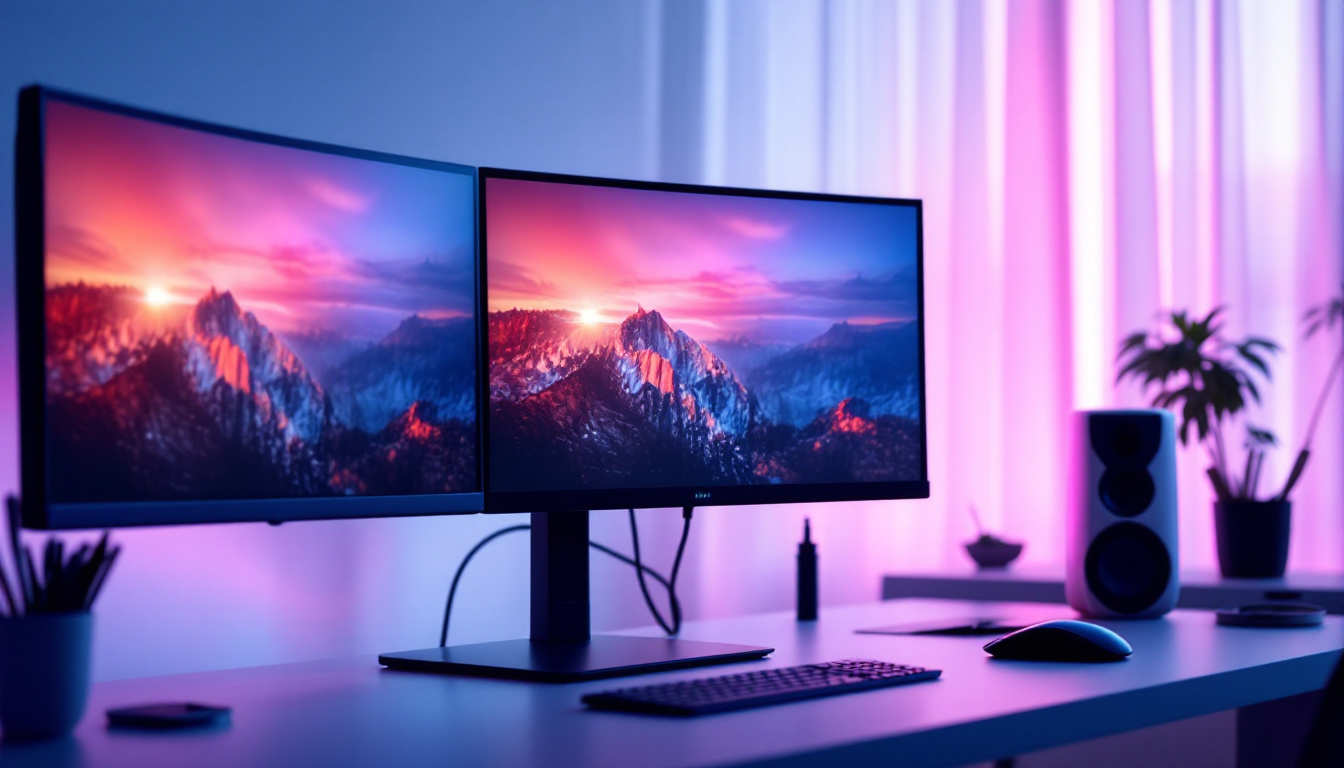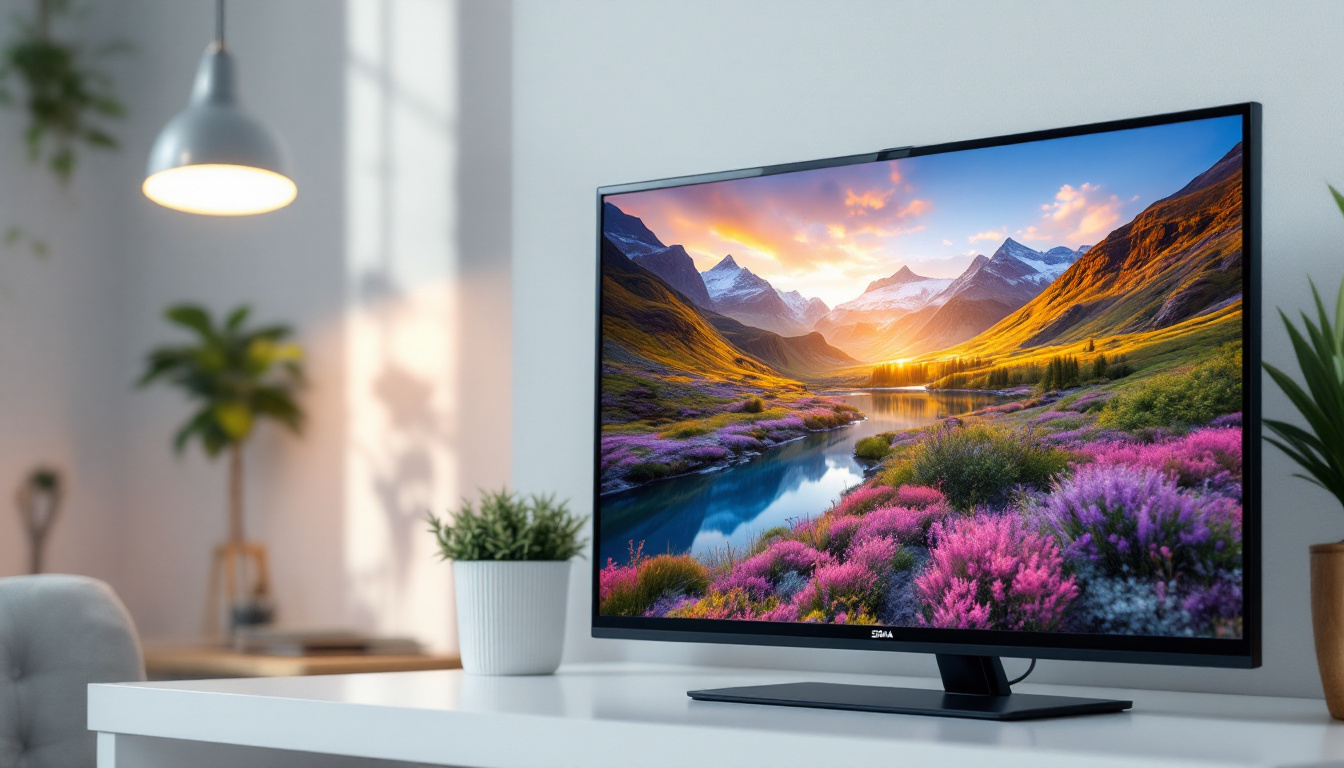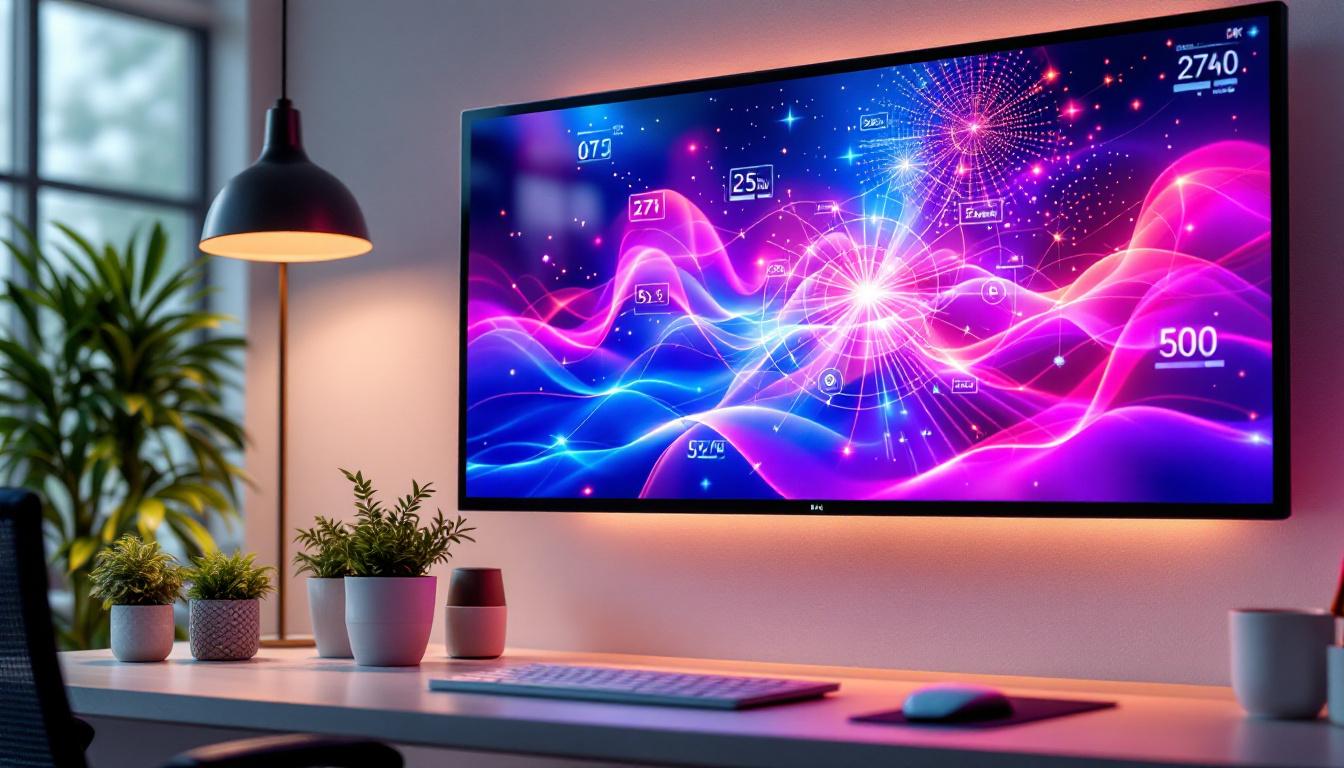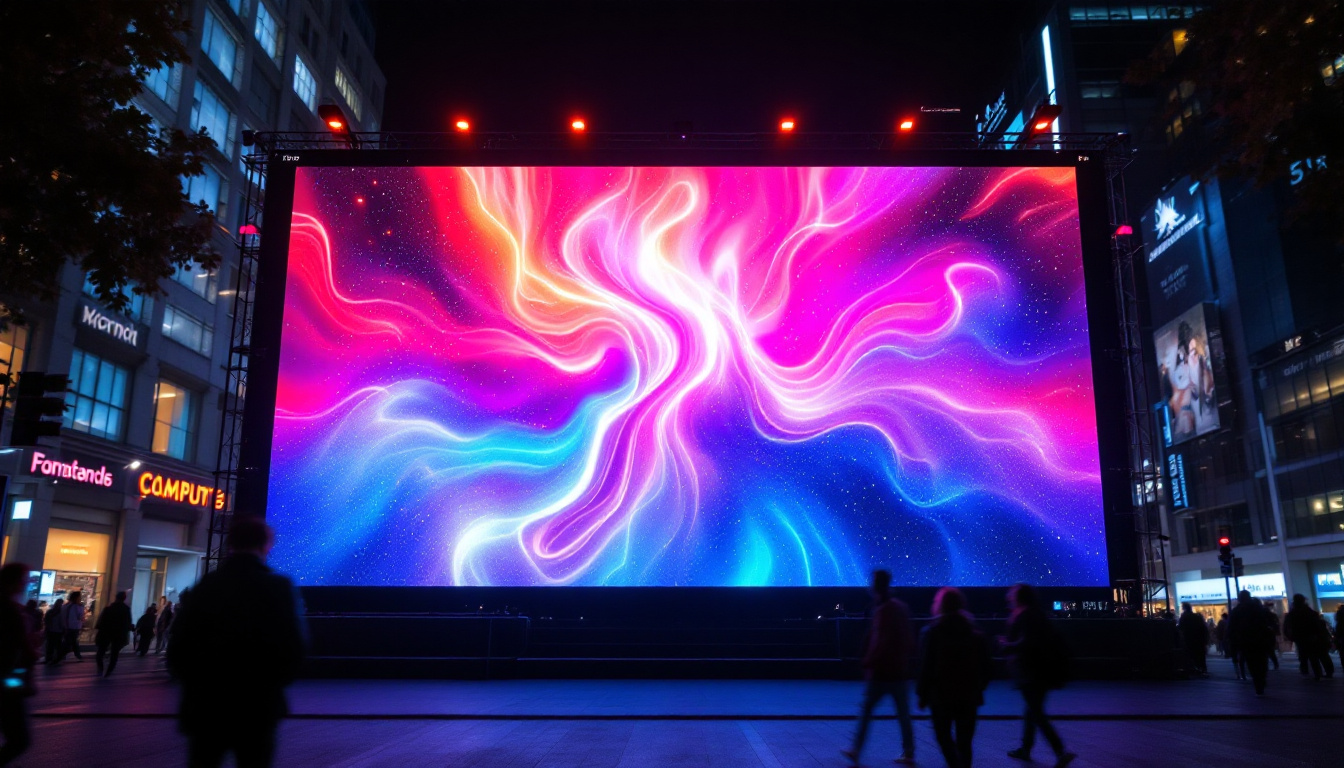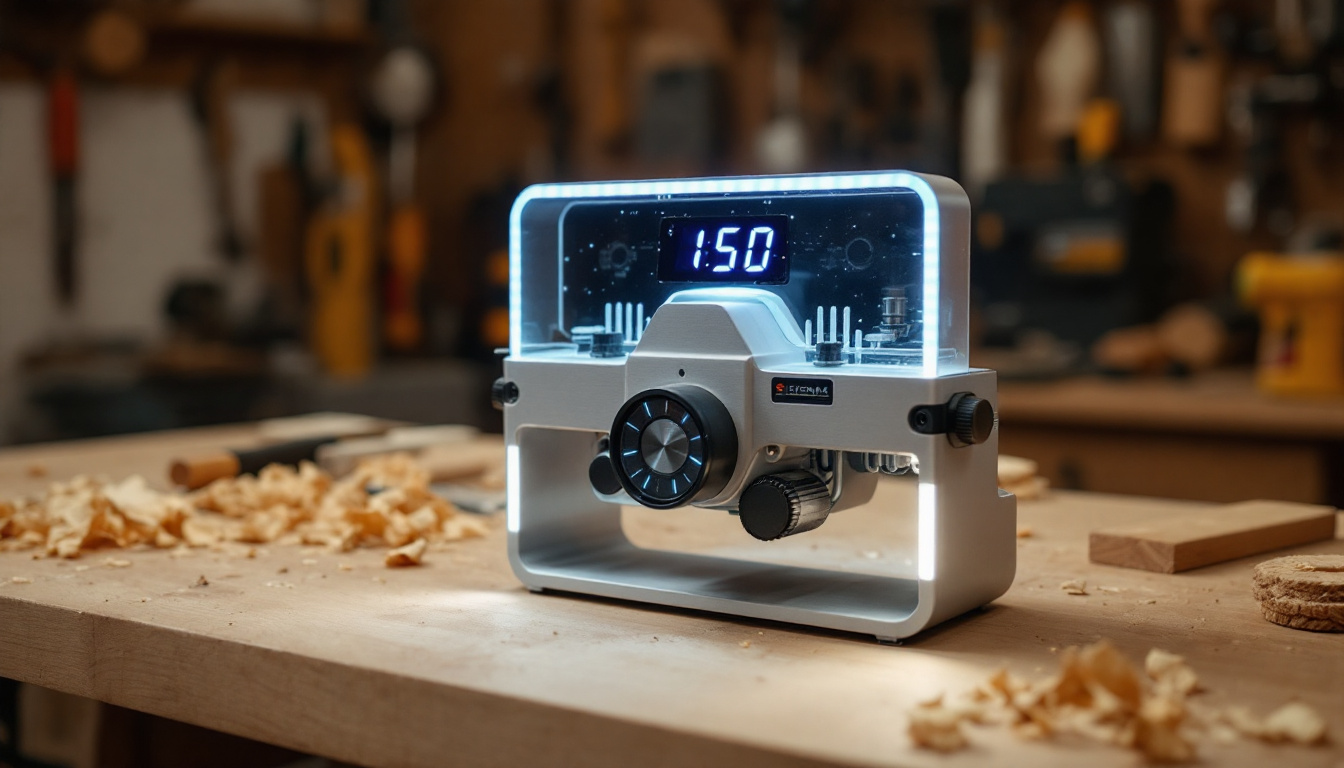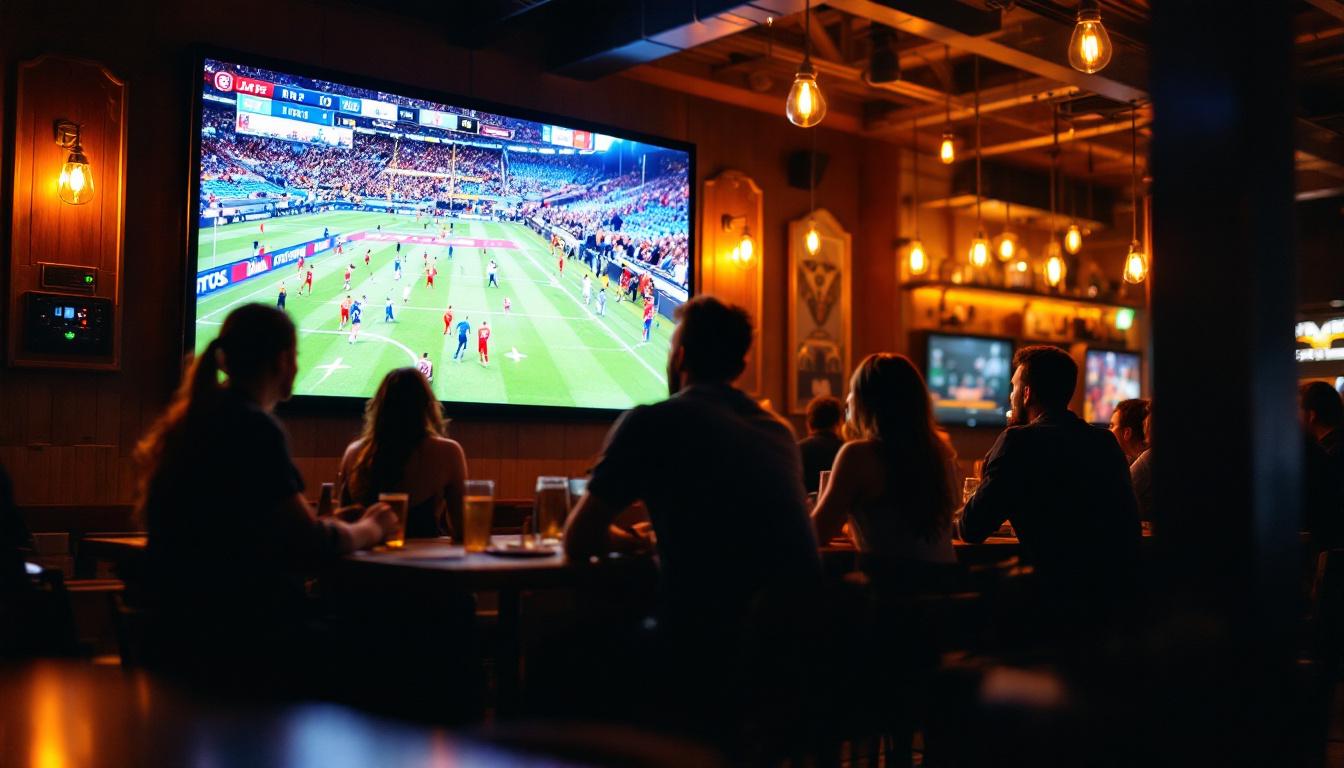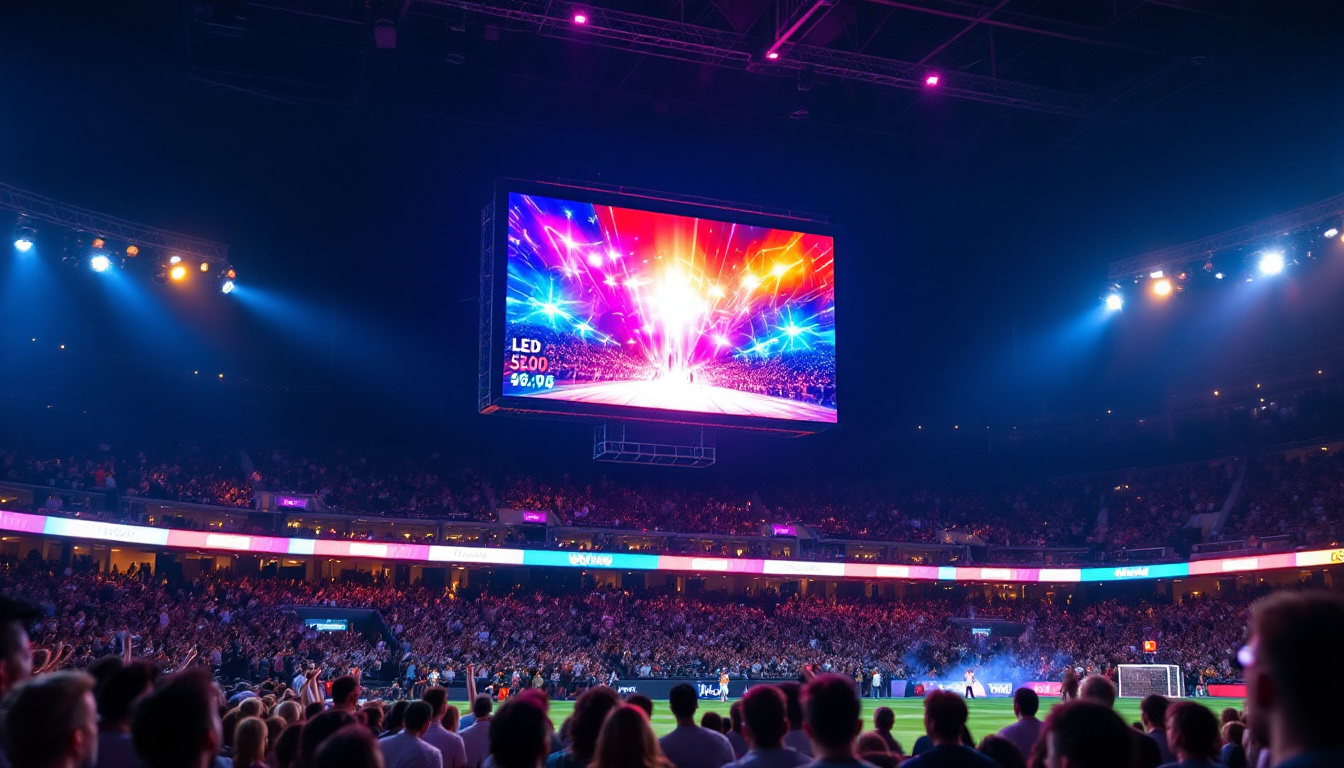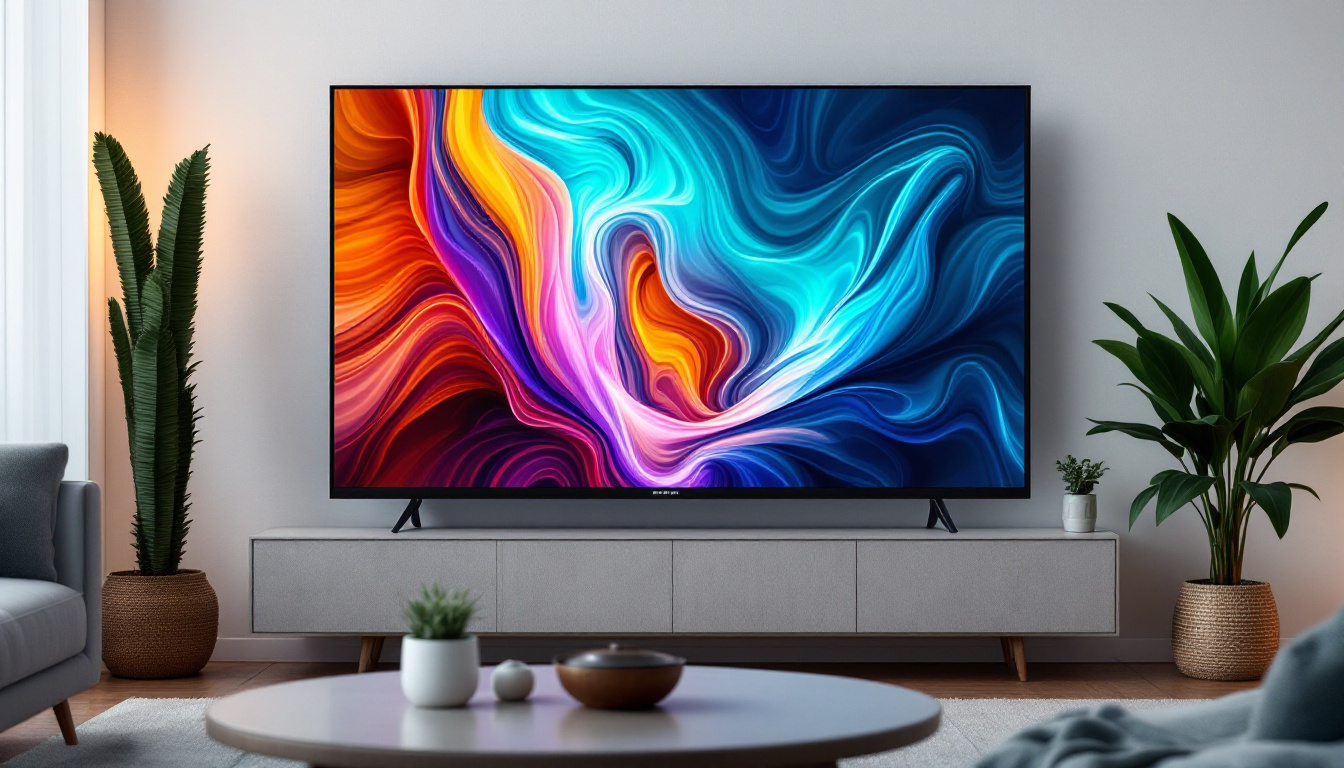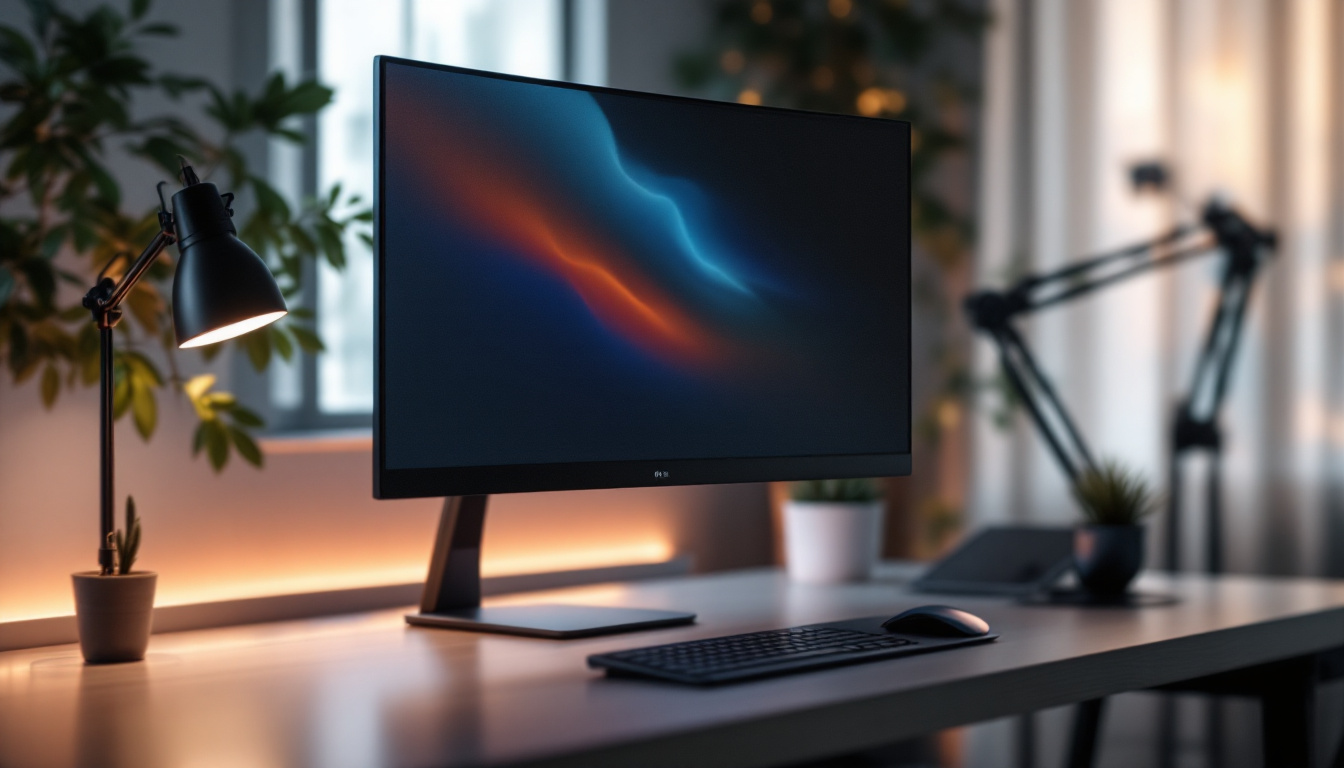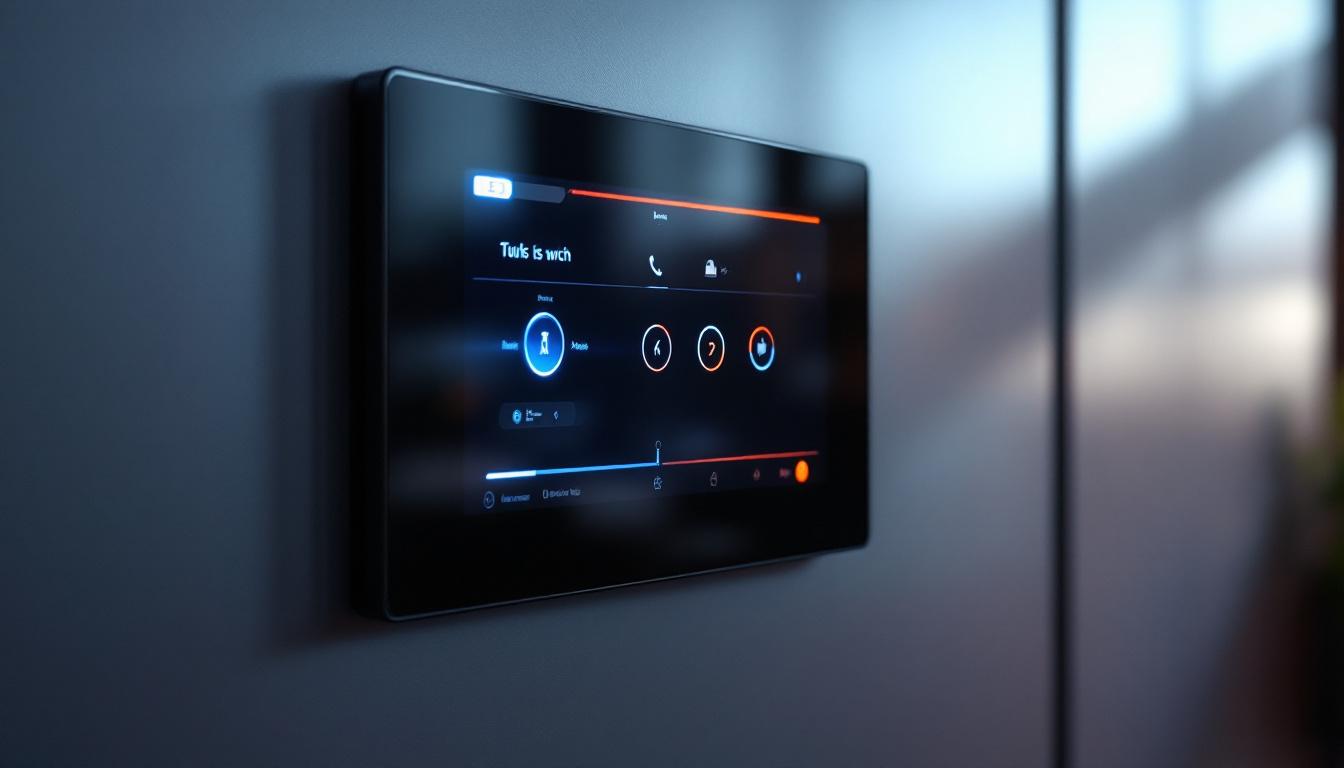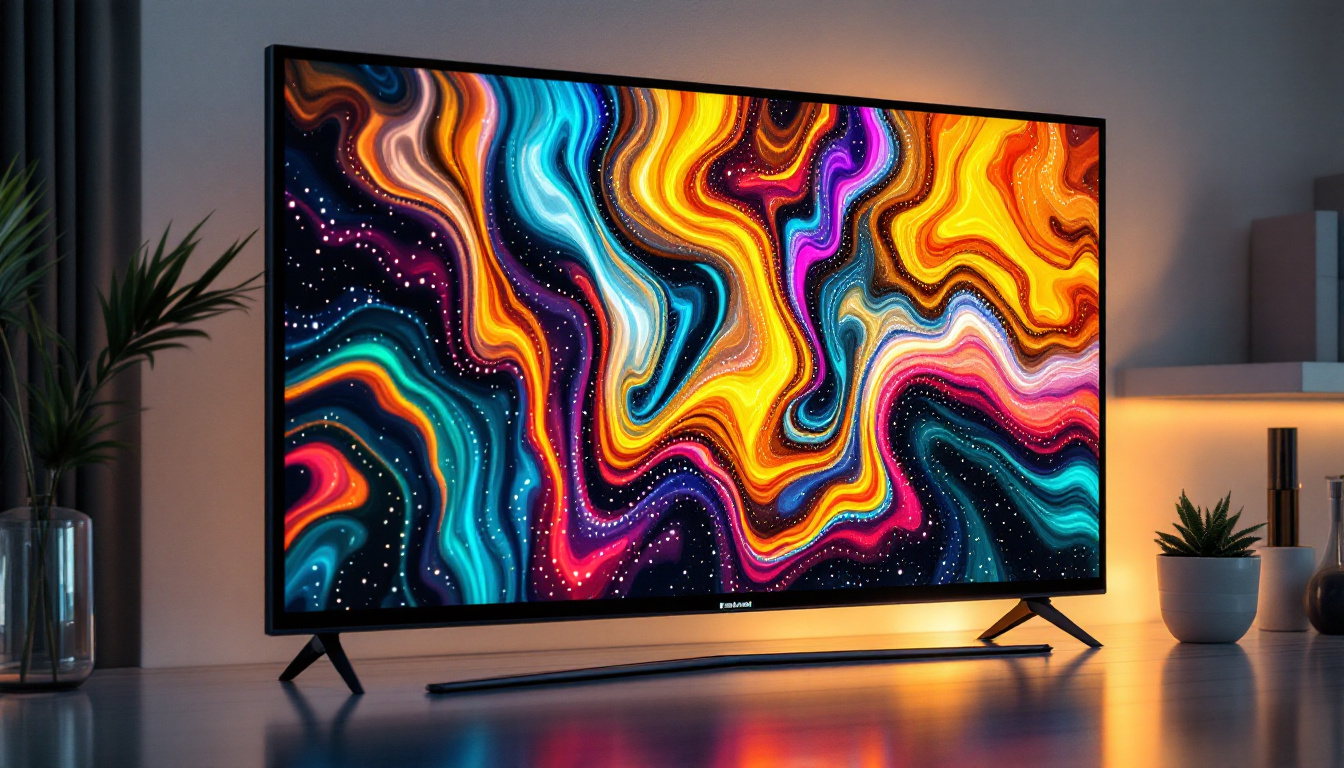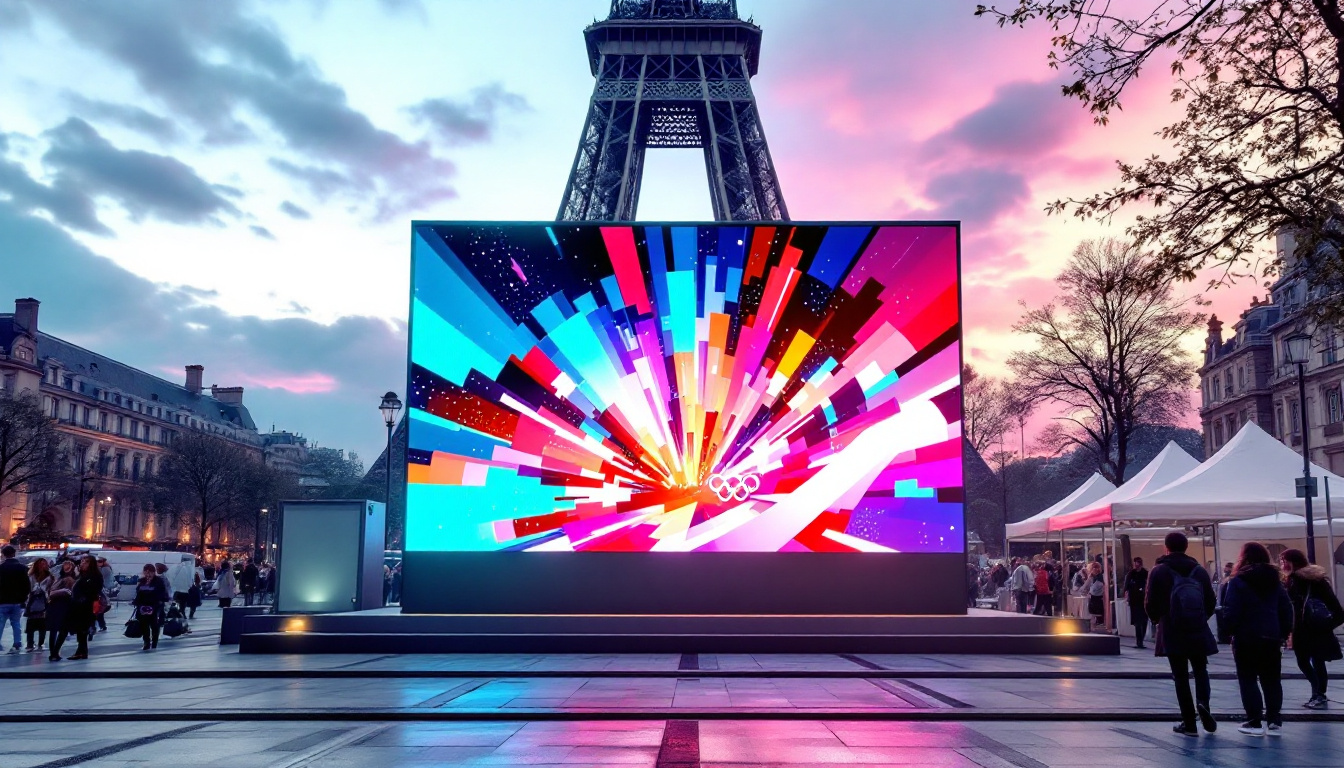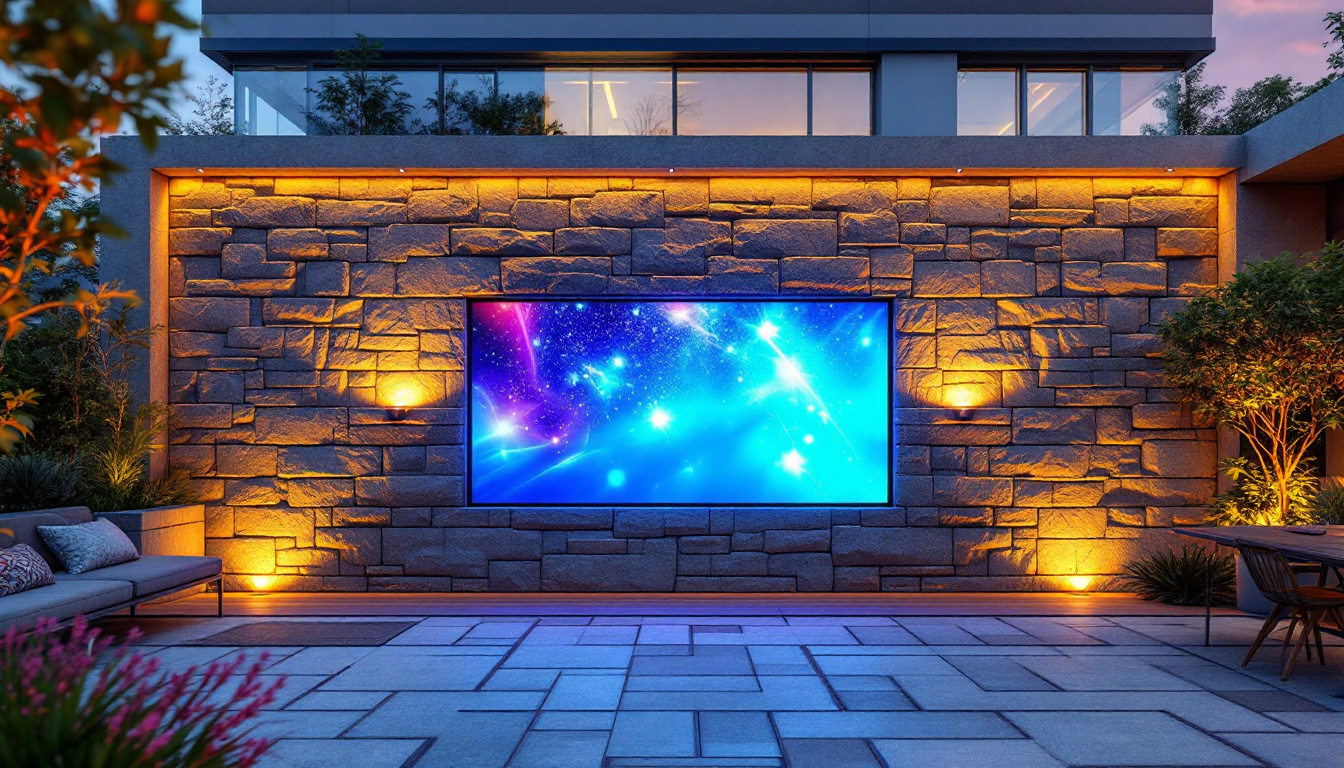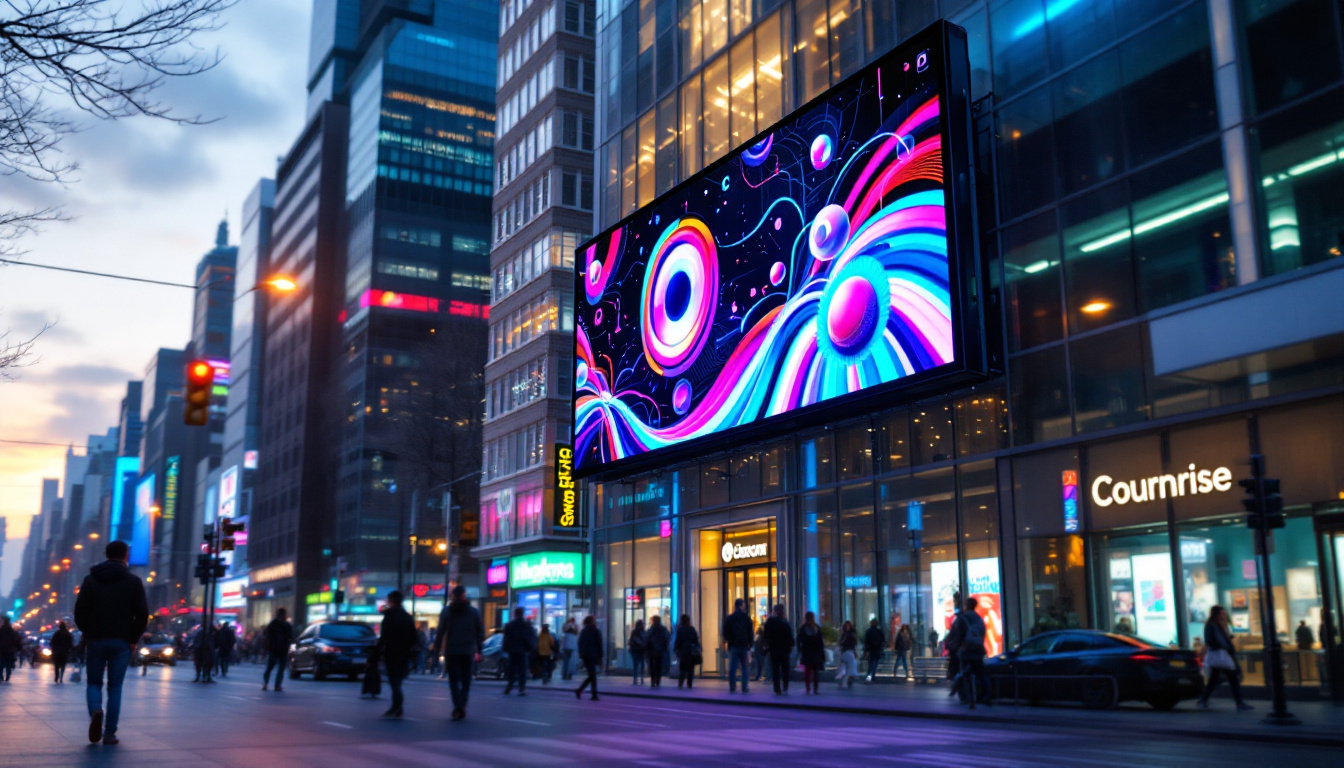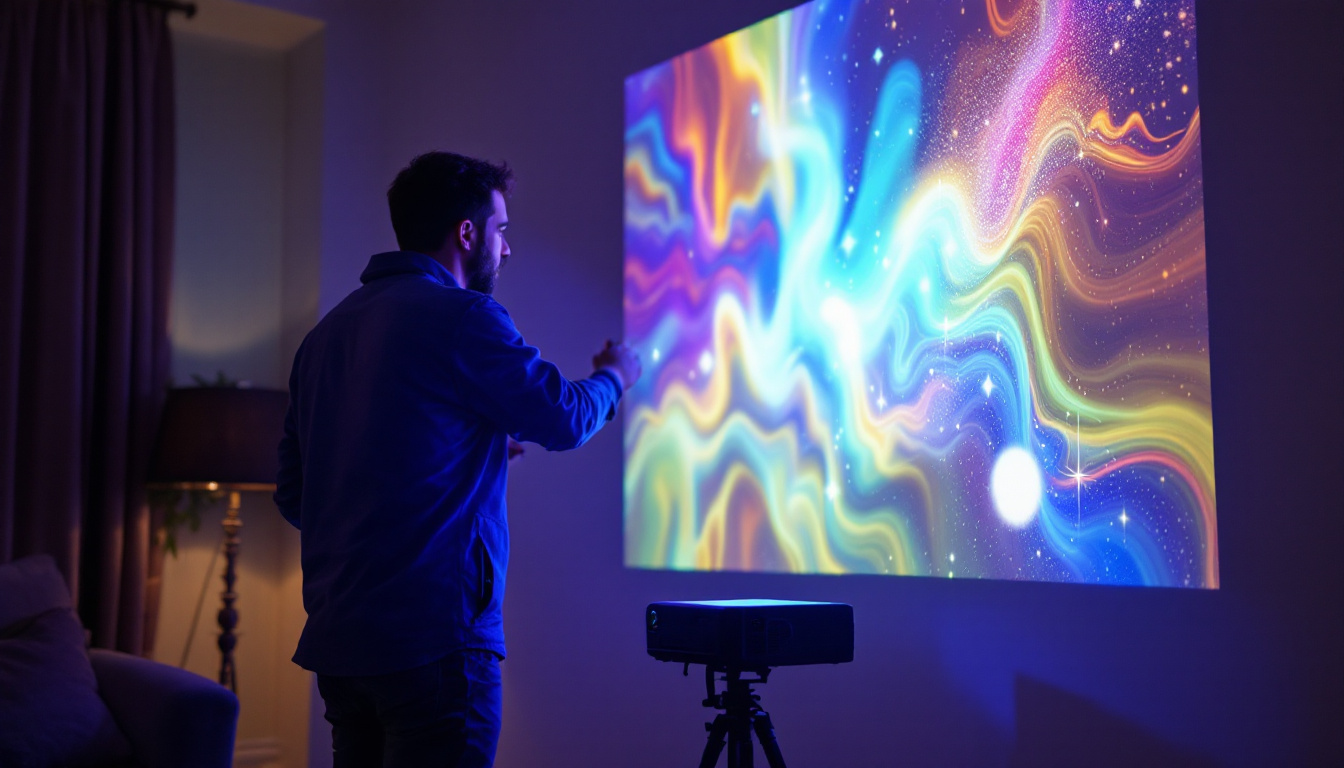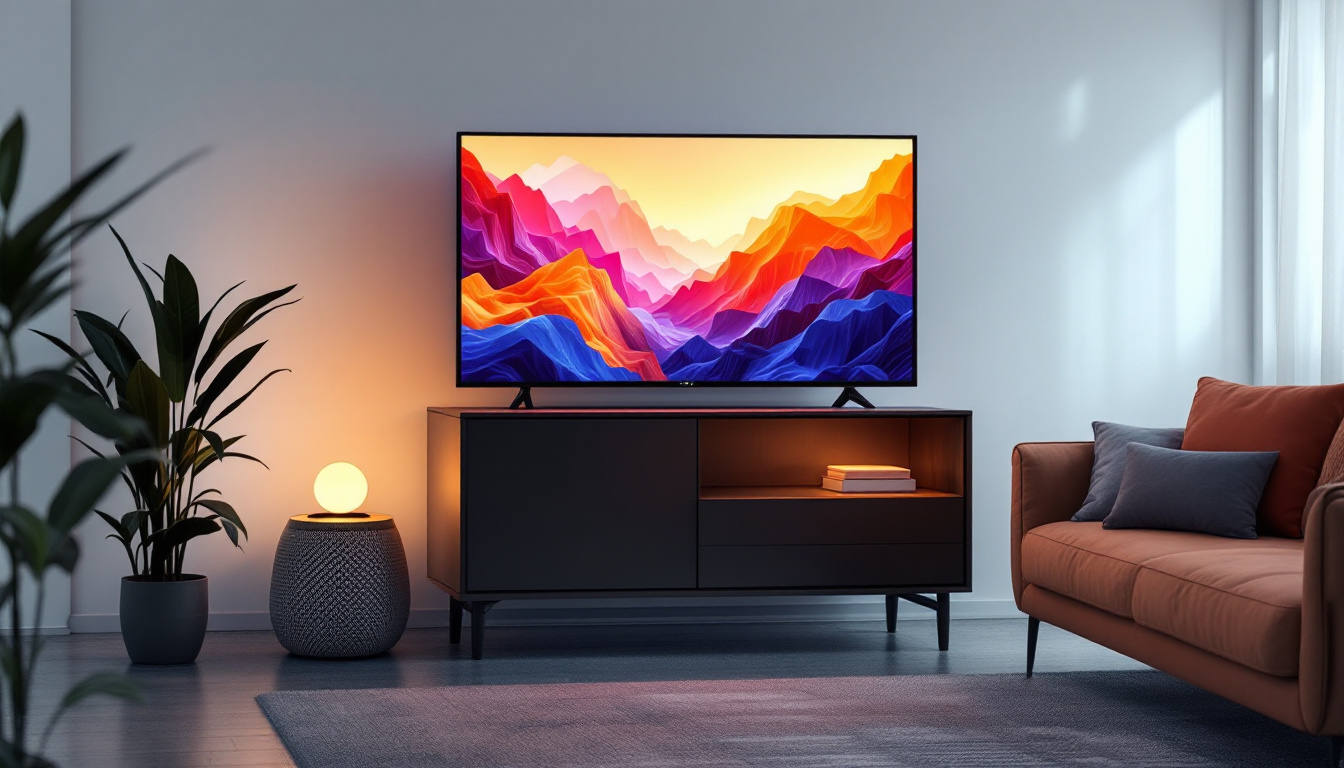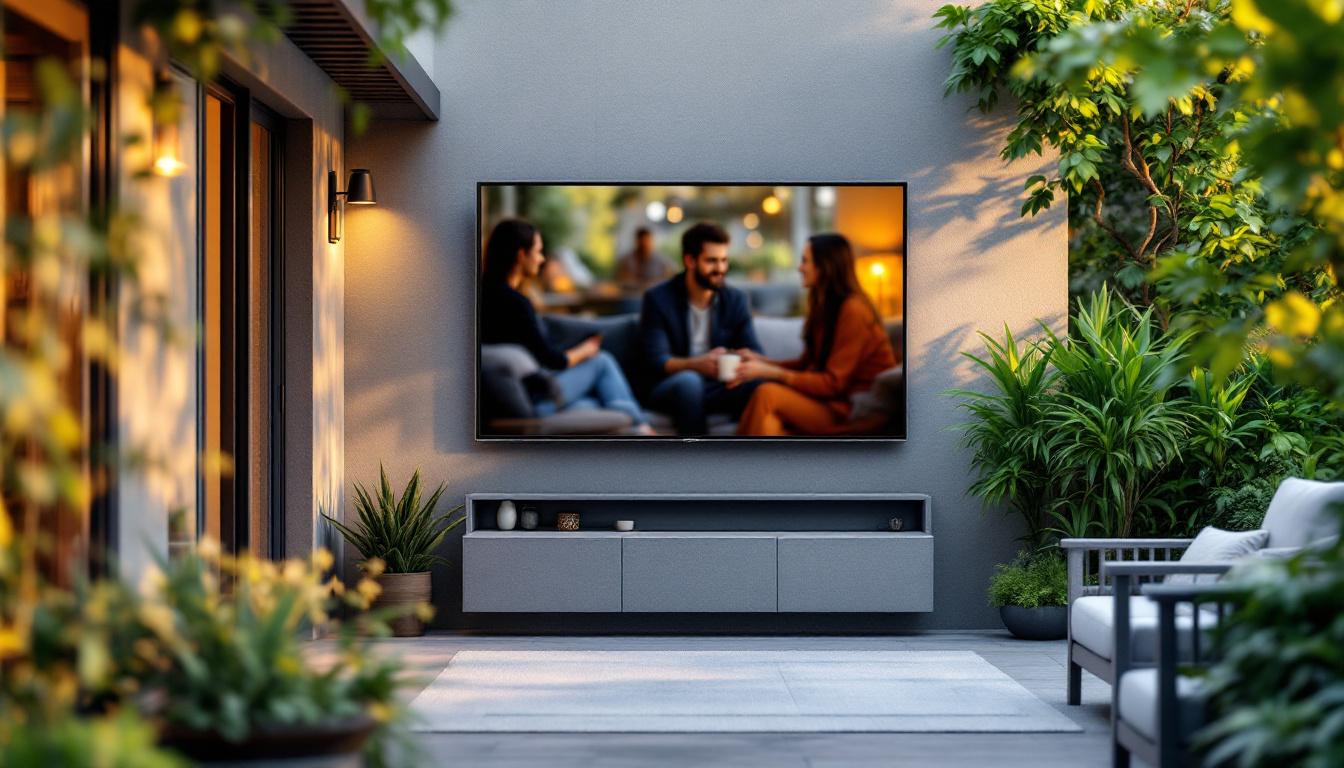In the modern digital age, the demand for efficient workspace setups has surged, especially among professionals who rely heavily on multiple screens. The triple monitor holder has emerged as a popular solution, allowing users to maximize their productivity by utilizing three LED displays simultaneously. This article delves into the intricacies of triple monitor holders, the advantages of LED displays, and how to choose the right setup for your needs.
Understanding Triple Monitor Holders
A triple monitor holder is a mounting solution designed to support three monitors simultaneously. This setup is particularly beneficial for gamers, designers, traders, and anyone who needs to multitask efficiently. By elevating the monitors off the desk, these holders free up valuable workspace and create a more organized environment. The ability to arrange multiple screens in a seamless layout can significantly enhance the user experience, allowing for a more immersive and engaging interaction with digital content.
In addition to the practical benefits, a triple monitor setup can also contribute to a more aesthetically pleasing workspace. With monitors aligned perfectly and cables managed neatly, the overall look of the desk can be transformed into a sleek and modern setup. This not only boosts productivity but can also impress clients or colleagues who visit your workspace, showcasing a commitment to professionalism and efficiency.
Types of Triple Monitor Holders
There are several types of triple monitor holders available on the market, each catering to different needs and preferences. The most common types include:
- Desk-mounted holders: These holders clamp onto the edge of a desk, providing a stable and secure base for the monitors.
- Freestanding holders: These models come with a base that sits on the desk, allowing for easy repositioning without the need for clamping.
- Wall-mounted holders: Ideal for saving desk space, these holders attach directly to the wall, providing a clean and minimalist look.
Each type has its own advantages, and the choice often depends on the available space, the weight of the monitors, and personal preferences regarding aesthetics and functionality. For instance, desk-mounted holders are often preferred in environments where stability is paramount, such as in gaming or design studios, while wall-mounted options are perfect for those who want to maximize floor space in smaller offices or home setups.
Benefits of Using a Triple Monitor Holder
Utilizing a triple monitor holder offers numerous benefits that can enhance productivity and comfort:
- Improved ergonomics: By adjusting the height and angle of the monitors, users can maintain a more comfortable posture, reducing strain on the neck and eyes.
- Enhanced productivity: With three screens, users can easily multitask, compare documents, or monitor multiple applications at once, leading to increased efficiency.
- Space-saving design: By elevating monitors off the desk, these holders create additional space for other essential items, such as keyboards, mice, and documents.
Moreover, many triple monitor holders come equipped with features like cable management systems, which help keep cords organized and out of sight, further contributing to a tidy workspace. This attention to detail not only enhances the visual appeal of the setup but also prevents tangling and wear on cables, ensuring longevity and reliability. Additionally, some models offer adjustable arms that allow users to easily switch between landscape and portrait orientations, providing versatility for various tasks, whether it’s coding, graphic design, or gaming.
The Advantages of LED Displays
LED displays have revolutionized the way we interact with technology, offering several advantages over traditional LCD or CRT screens. Understanding these benefits can help users make informed decisions when selecting monitors for their triple monitor setup.
Superior Image Quality
One of the primary advantages of LED displays is their superior image quality. LED technology provides brighter and more vibrant colors, along with deeper blacks and better contrast ratios. This results in a more immersive viewing experience, whether for gaming, graphic design, or video editing.
Additionally, LED displays often feature faster response times, which can be crucial for activities that require quick visual updates, such as gaming or stock trading. The clarity and sharpness of images can significantly enhance the overall user experience. With advancements in technology, many LED displays now incorporate HDR (High Dynamic Range) capabilities, further enhancing the color depth and brightness levels. This allows for a more lifelike representation of images, making it easier for professionals in photography and film to achieve their creative visions.
Energy Efficiency
LED displays are known for their energy efficiency compared to traditional displays. They consume less power while delivering superior brightness and color accuracy. This not only reduces electricity bills but also contributes to a more sustainable environment.
The lower heat output of LED displays also means that they can operate for longer periods without overheating, making them ideal for extended use in professional settings. Moreover, many modern LED displays are designed with eco-friendly materials and energy-saving modes, which further enhance their sustainability credentials. As businesses and individuals become more environmentally conscious, the choice of LED technology aligns with a commitment to reducing carbon footprints and promoting greener practices.
Longer Lifespan
Another significant advantage of LED displays is their longevity. Typically, LED monitors can last up to 50,000 hours or more, significantly outpacing the lifespan of traditional LCD monitors. This durability means less frequent replacements, resulting in cost savings over time.
Furthermore, many LED displays come with warranties that reflect their reliability, offering users peace of mind regarding their investment. The robust construction of LED panels also means they are less prone to damage from physical impacts, making them suitable for various environments, from bustling offices to home gaming setups. As technology continues to evolve, the integration of smart features in LED displays, such as built-in calibration tools and adaptive brightness settings, further enhances their usability and lifespan, ensuring that users can enjoy high-quality visuals for years to come.
Choosing the Right Triple Monitor Setup
When considering a triple monitor setup, several factors must be taken into account to ensure optimal performance and comfort. The right combination of monitors and a suitable holder can make a significant difference in the overall user experience.
Monitor Specifications
Before purchasing monitors, it’s essential to evaluate their specifications. Key factors to consider include:
- Screen size: Monitors typically range from 24 to 32 inches. The right size depends on the user’s workspace and personal preference.
- Resolution: Higher resolutions, such as 4K, provide sharper images and more screen real estate, which is beneficial for multitasking.
- Refresh rate: For gaming or fast-paced applications, a higher refresh rate (e.g., 144Hz) can enhance the experience by providing smoother visuals.
By carefully selecting monitors that meet specific needs, users can create a setup that maximizes productivity and enjoyment.
Ergonomics and Adjustability
Ergonomics should be a top priority when setting up a triple monitor system. The ability to adjust the height, tilt, and swivel of the monitors can greatly influence comfort during extended use. Look for monitor holders that offer a wide range of adjustability to accommodate different seating positions and user preferences.
In addition, consider the distance between the monitors and the user. Ideally, the monitors should be positioned at eye level and at a comfortable distance to minimize eye strain and neck discomfort.
Budget Considerations
Budget is often a significant factor when selecting a triple monitor setup. While it’s tempting to opt for the cheapest options, investing in quality monitors and holders can lead to better long-term satisfaction and performance. Assess the features that are most important and find a balance between quality and cost.
Additionally, consider potential future upgrades. Choosing monitors that can be easily integrated into a future setup can save money and hassle down the line.
Setting Up Your Triple Monitor System
Once the monitors and holder have been selected, the next step is to set up the system effectively. A well-organized setup can enhance both functionality and aesthetics.
Installation Process
Installing a triple monitor holder typically involves the following steps:
- Gather tools: Most holders come with the necessary hardware, but having a screwdriver and other basic tools on hand can simplify the process.
- Attach the holder: Follow the manufacturer’s instructions to securely attach the holder to the desk or wall.
- Mount the monitors: Carefully attach each monitor to the holder, ensuring they are secure and stable.
Taking the time to follow these steps carefully can prevent future issues and ensure a safe and effective setup.
Cable Management
With multiple monitors, managing cables can become a challenge. A clean and organized workspace not only looks better but also improves functionality. Consider the following tips for effective cable management:
- Use cable ties: Group cables together using ties to prevent tangling and clutter.
- Label cables: Labeling can make it easier to identify which cable belongs to which monitor, simplifying troubleshooting and adjustments.
- Utilize cable clips: Attach clips to the back of the desk or monitor arms to keep cables neatly organized and out of sight.
Adjusting Settings for Optimal Performance
After installation, adjusting the settings of each monitor can significantly enhance the overall experience. Key adjustments to consider include:
- Color calibration: Ensure that the colors on each monitor are consistent for a seamless viewing experience.
- Display arrangement: Configure the display settings on the computer to match the physical arrangement of the monitors.
- Brightness and contrast: Adjust these settings to suit the lighting conditions of the workspace.
Taking the time to fine-tune these settings can lead to a more enjoyable and productive experience.
Conclusion
In conclusion, a triple monitor holder paired with LED displays can significantly enhance productivity and comfort in various professional and personal settings. By understanding the different types of holders, the advantages of LED technology, and how to choose and set up the right monitors, users can create an efficient and aesthetically pleasing workspace. Investing in quality equipment and taking the time to set it up properly can lead to long-term benefits, making the triple monitor setup a worthwhile consideration for anyone looking to boost their productivity.
Enhance Your Workspace with LumenMatrix LED Displays
Ready to take your productivity to the next level with a sleek triple monitor setup? Discover the unparalleled clarity and performance of LumenMatrix’s advanced LED display technology. From vibrant Indoor LED Walls to dynamic Outdoor Displays, LumenMatrix offers a comprehensive range of solutions tailored to your professional needs. Elevate your workspace and captivate your audience with our cutting-edge displays. Check out LumenMatrix LED Display Solutions today and transform your visual communication.

